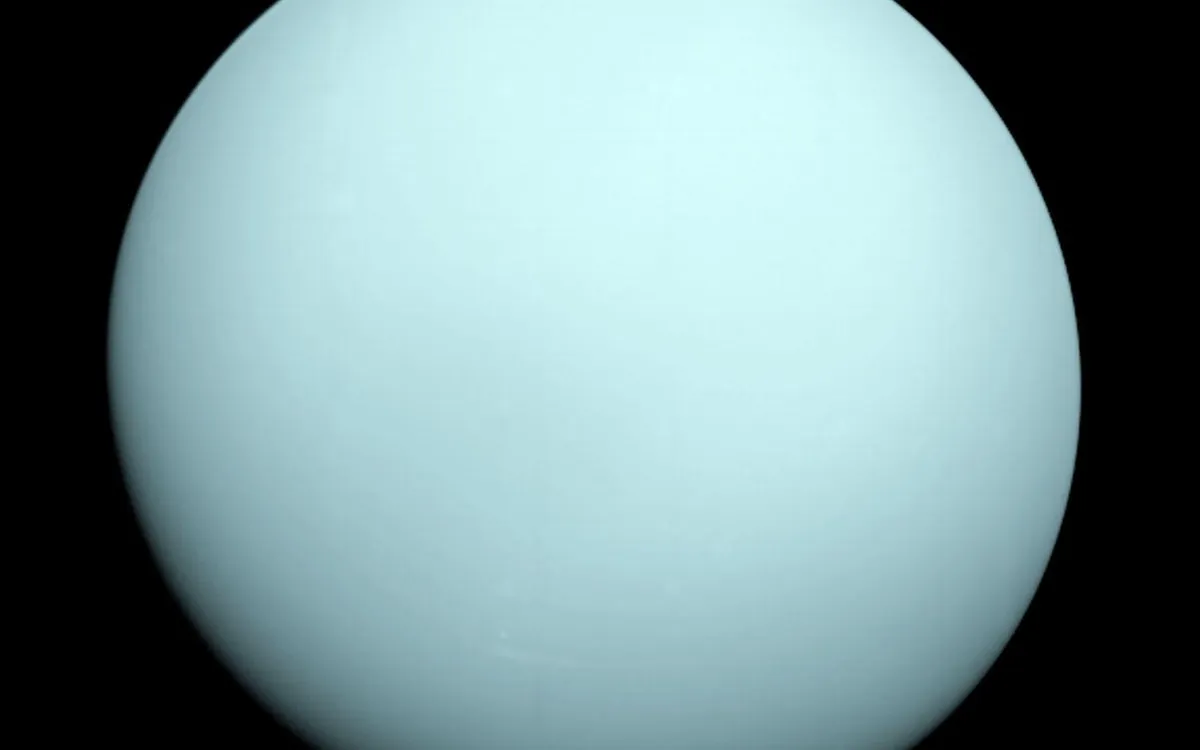
Nasa’s Webb Telescope has made a groundbreaking discovery by identifying a new moon orbiting the planet Uranus. This tiny celestial body measures approximately 10 kilometers in diameter, marking it as the 29th moon added to Uranus's extensive collection of moons. Researchers believe that this moon has remained hidden for an extended period, not only due to its small size but also because of its relative faintness, which likely prevented it from being detected in previous observations.
The new moon around Uranus eluded detection during significant space missions, including the Voyager 2 flyby that took place nearly 40 years ago. Its dimness and size are thought to be the primary reasons it went unnoticed until now. Scientists speculate that there could be many other similar objects still lurking in the shadows of Uranus's orbit, yet to be discovered.
Matthew Tiscareno, a member of the research team from the SETI Institute, shared insights about the implications of this discovery. He stated, “No other planet has as many small inner moons as Uranus, and their complex inter-relationships with the rings hint at a chaotic history that blurs the boundary between a ring system and a system of moons.” This observation suggests that the dynamics of Uranus’s moons are much more intricate than previously thought.
Notably, this new moon is smaller and fainter than any of the previously known inner moons of Uranus. Tiscareno emphasized that this discovery raises the possibility of even more complexity waiting to be uncovered in the Uranian system. The ongoing research suggests that the moon's characteristics may provide vital clues about the formation and evolution of the Uranian system.
All of Uranus's moons are traditionally named after characters from the works of Shakespeare and Alexander Pope. While the new moon awaits a proper name, it will eventually receive one upon approval from the International Astronomical Union (IAU), the organization responsible for naming and designating celestial objects.
This discovery by Nasa’s Webb Telescope not only adds to our understanding of Uranus but also highlights the potential for further exploration and discovery within our solar system. As scientists continue to study the new moon and its implications, the mysteries of Uranus may gradually unfold, revealing more about the dynamics of its unique moon system.